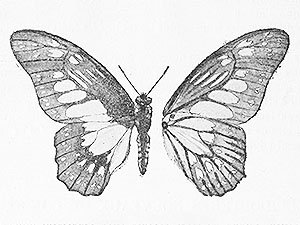Chapin’s Crombec (Sylvietta chapini)
This species, also known as the Lendu Crombec, described in 1947, was restricted to the Lendu Plateau in the Democratic Republic of the Congo.
The species is often considered a subspecies of the White-browed Crombec (Sylvietta leucophrys Sharpe) (see photo below) but differs significantly from that species and should indeed be treated as distinct. [1]
Chapin’s Crombec has not been recorded in recent times and seems to be extinct.
***
syn. Sylvietta leucophrys ssp. chapini Schouteden
*********************

Photo: Nik Borrow
https://www.inaturalist.org/people/nikborrow
https://creativecommons.org/licenses/by-nc/4.0/
*********************
References:
[1] L. D. C. Fishpool; N. J. Collar: The taxonomic and conservation status of Chapin’s Crombec Sylvietta (leucophrys) chapini. Bulletin of the African Bird Club 13(2): 130-135. 2006
[2] Stuart H. M. Butchart; Stephen Lowe; Rob W. Martin; Andy Symes; James R. S. Westrip; Hannah Wheatley: Which bird species have gone extinct? A novel quantitative classification approach. Biological Conservation 227: 9-18. 2018
*********************
edited: 17.01.2024

